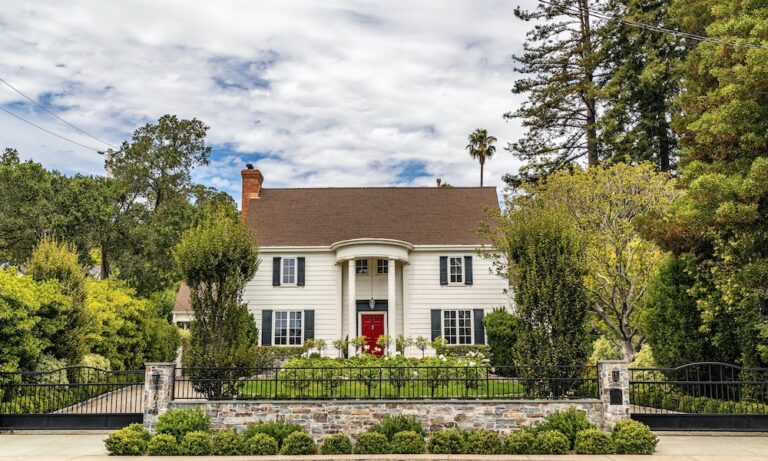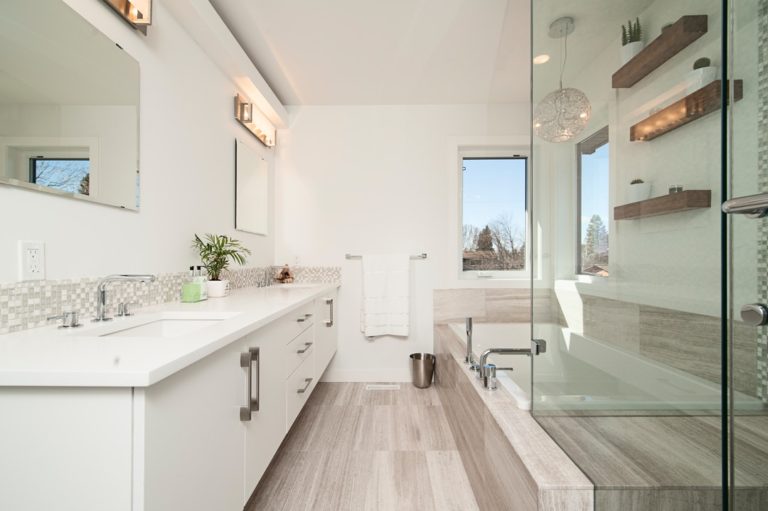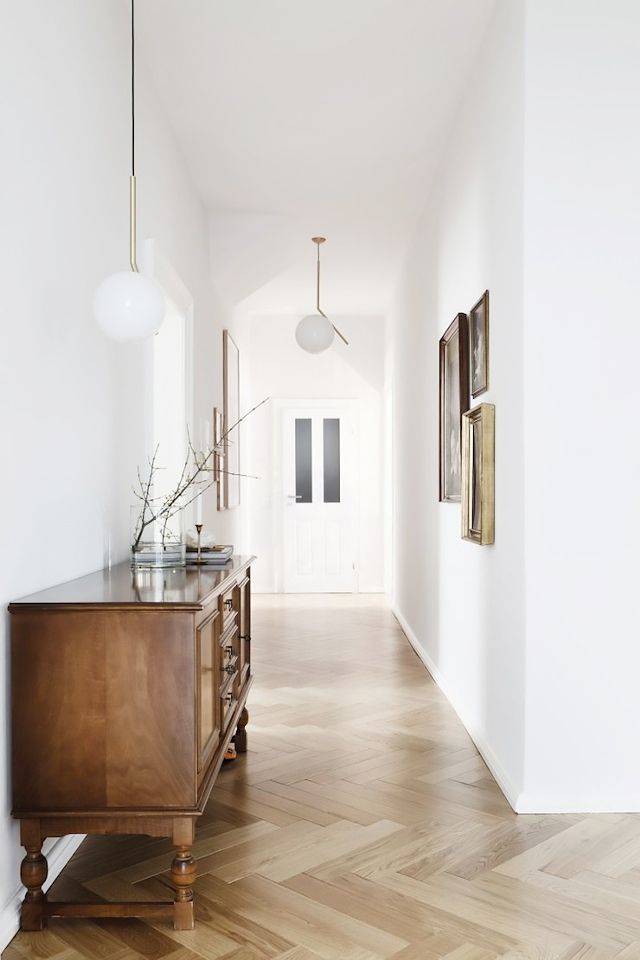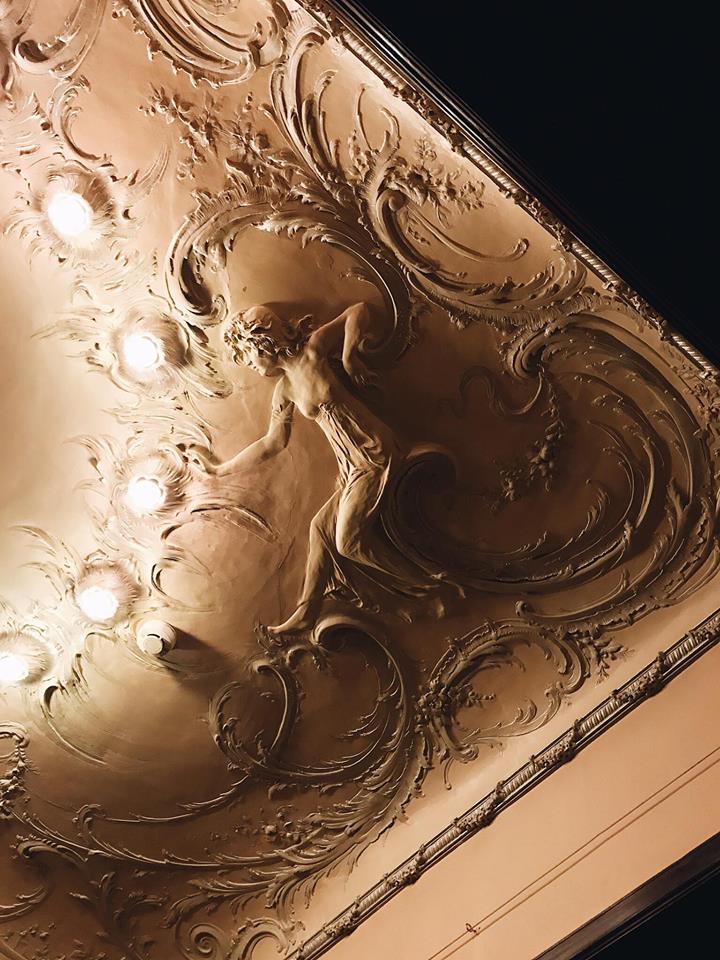Mixing Wood Finishes for a Stunning Interior
Earlier this month, we wrote about keeping it real with natural design. This time, we’re going to look specifically at wood finishes and how to mix them. Take it from us, the possibilities are endless. The monotonous rule of never mixing wood tones is dead and buried. The most forward thinking designers are now making bolder statements and you should too. Don’t be afraid of expressing yourself.
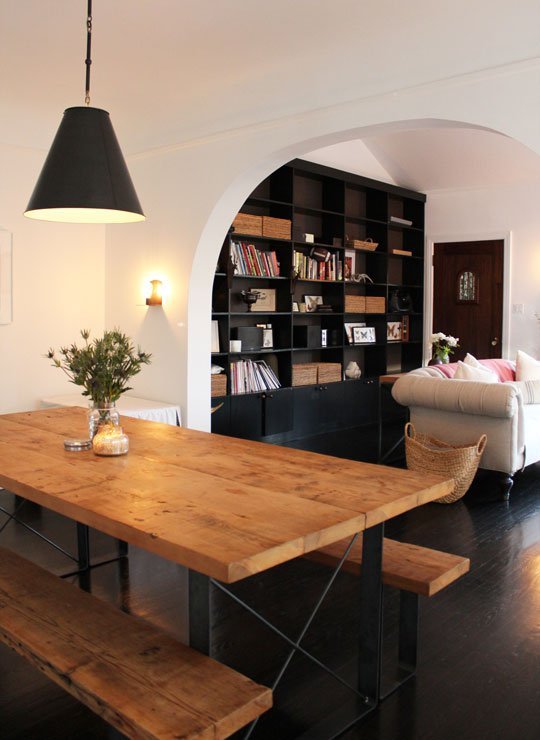
Varying wood tones in a room creates a depth quite unlike anything you could possibly imagine. It’s a throwback to a bygone era, but it’s also a novel and imaginative concept. Retro-futurism, in a way. And you must try living with it to truly understand the magic it creates.
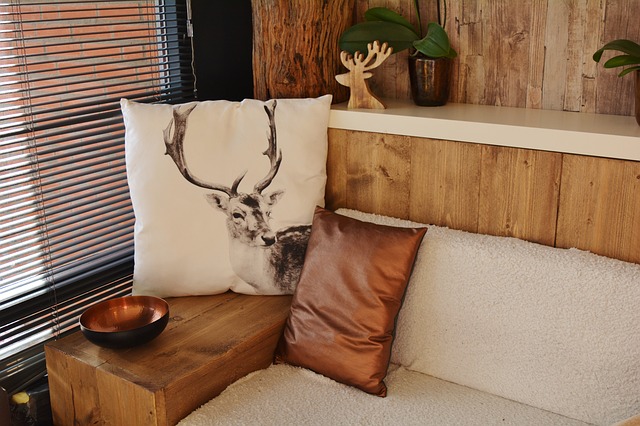
Remember, we’re not tearing up the rulebook. We’re rewriting it. And there are guidelines you’ll need to follow. Your floor, wall and ceiling space will play a big part in attaining balance. You’re trying to create harmony, not cause chaos. Limit yourself to just a few different tones and experiment with decoration. Don’t go overboard.
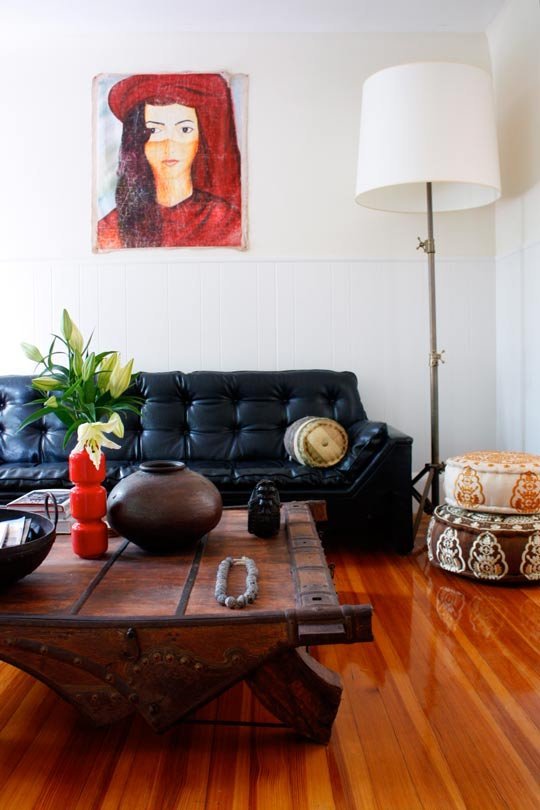
Work out what message you’re trying to convey. The distinctive wide ridges of bamboo flooring make it most suited to a rustic arrangement. For a more modern look, you may opt for a maple hardwood.
If you’re working with a small living area, wide timber panels on your walls will create the illusion of space. This technique is not new. It’s a method that has been tried and tested for centuries. For designers, the trick was to find ways to challenge its aesthetic boundaries. Now, there are limitless options. Laser-cut squares or horizontal patterns are a great way to give your home a contemporary edge.

Think about furnishings. What could you introduce to give your room a new twist? Would a dark wood headboard offset a lightly distressed bedside cabinet? Keep things interesting. Variation is the key to decoration. Utilize things like rugs where necessary to smooth the transition if it appears too harsh.
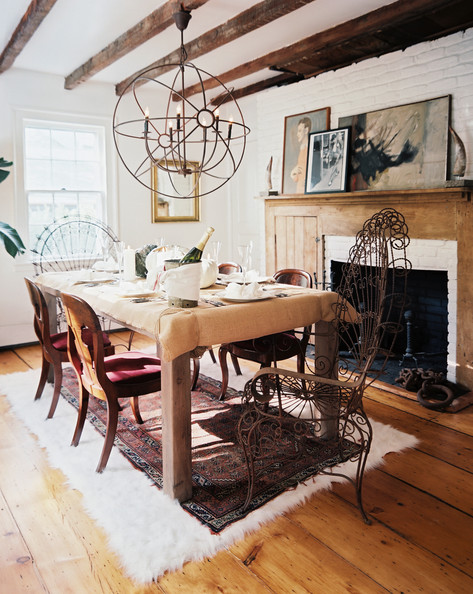
Varying shades can complement each other well, but it’s important not to play around with different undertones. The most important rule of all is not to go against the grain. If you can pick out hints of burgundy or chocolate, you’ll be able to find similar grains even in different coloured woods. This is how designers know what works well together.
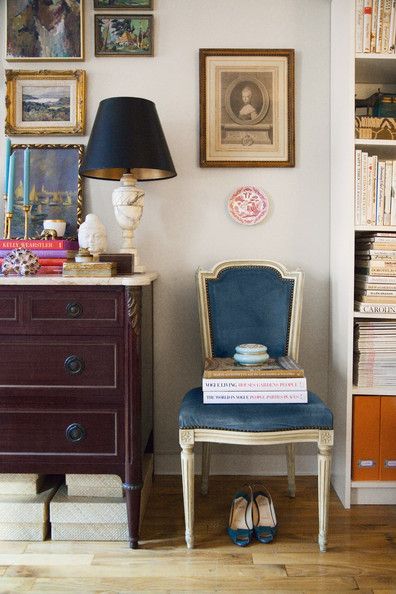
If you’re worried about the sharpness of your choices, explore ideas such as skirting boards to break things up a little. Remember, you aren’t limited in your choice of paint. Sometimes simply trying a different colour wood can breathe new life into your room.
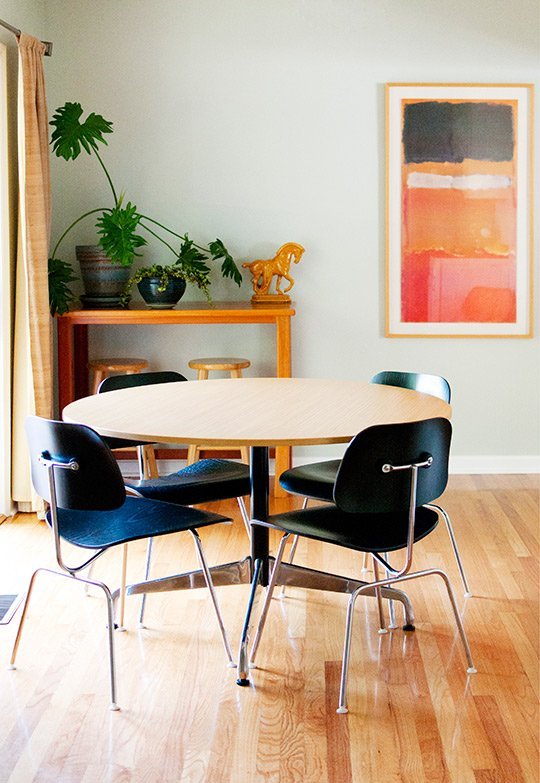
Work with what you already have. You’ve no doubt spent your entire life obtaining your furniture, and there’s really no reason to throw it all away now. Even the things you’ve grown tired of can be transformed or accented by changing its surroundings. Choose a dominant tone and work around that. You’ll be surprised by how easily you can completely change the mood of a room.

